Power fixes for golf
Golf Monthly Top 25 coach Clive Tucker tells you how to achieve your most powerful golf swing.
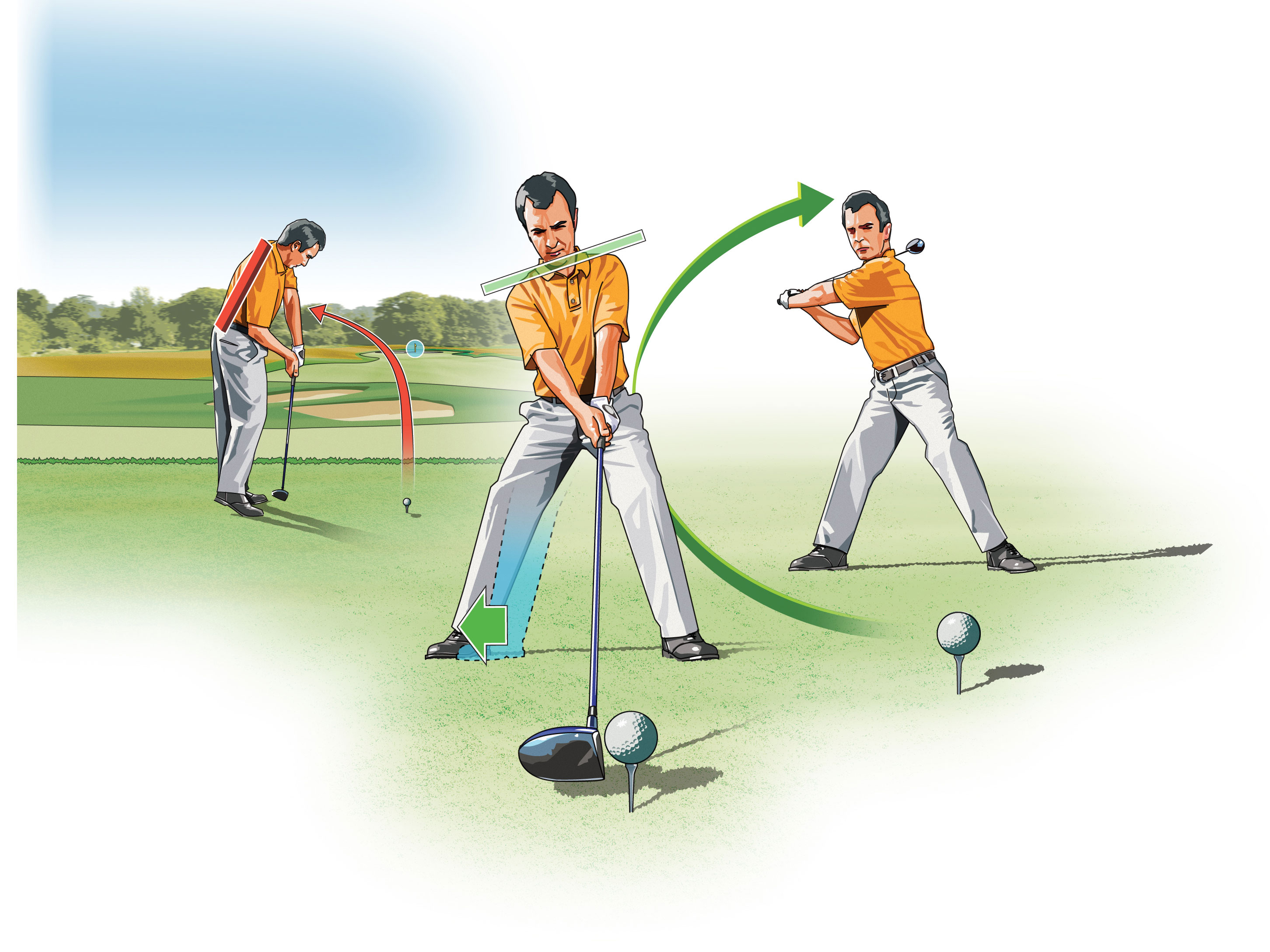
Golf Monthly Top 25 coach Clive Tucker offers his power fixes for golf to help you hit longer straighter drives.
A good way to check how well you are swinging is to see how powerful your swing is. Technical errors in the mechanics of your game might cost you accuracy but they will definitely stop you reaching your power potential. Our complete guide to getting more distance is well worth reading but if you are suffering from weak drives my power fixes for golf article should have the answer.
Rotation check
If you are struggling for power off the tee, the first thing to check is whether your torso is performing in the way it should and helping you to create the x factor power move.
Your body is the engine of the swing but to get the most from it, you need to work it effectively. A great way to check is to place two alignment sticks – one across your hips and the other across your shoulders – to mark your movements.
Also place two shafts on the ground as I have done here. Now move to the top of your backswing. The shaft across your shoulders should be parallel to the shaft that’s square to your target line. This represents a good upper body movement.
You’ll notice that my hips have turned a little to facilitate this upper body move. Indeed, it is the difference between the angle of your hips and the angle of your shoulders that creates the powerful body move that you’re looking for.
Get the Golf Monthly Newsletter
Subscribe to the Golf Monthly newsletter to stay up to date with all the latest tour news, equipment news, reviews, head-to-heads and buyer’s guides from our team of experienced experts.
Release check
A powerful golf swing teams a good body action with an effective arm swing. The key to the latter is the timing of the release and I have a drill that should help you check yours.
Place a golf ball on the ground as if you were about to hit it with a 5-iron. Holding a second ball in your right hand, mimic your normal golf swing, releasing the ball at the moment you’d release the angle in your right wrist through the downswing.
If you are prone to casting (releasing the angle too early and losing crucial energy from the swing) the ball will fly away from the target.
You are looking to get the ball to bounce as close as possible to the one on the ground. If you can hold the angle in your wrists for as long as possible, you’ll create crucial clubhead acceleration when you need it most.
Connection check
As we have mentioned, for a powerful swing you need your body and arms to be working effectively but you also need to link those movements.
The best way to train this is to make some three quarter swings with an iron. Place two empty golf ball sleeves under your arms, keeping them in position throughout the swing.
If you can do that you’ll have the correct connection between arms and body for more power and accuracy.
Synchronisation check
As we have discussed, the golf swing is an athletic and dynamic movement but for it to be truly effective you need to move in the correct sequence.
One of the keys is to start your downswing with the movement of your hips. From the top of the backswing, it is your hips that ‘bump’ back towards the target first, leading your upper body to unwind powerfully.
You can check this by swinging with your shadow directly in front of you. I have placed three balls on the ground to help mark exactly how my body is moving.
From the top of the backswing (and with my head nice and still) you can see how my hips initiate the movement back into the ball.
This small but essential element to the swing will help you find better synchronisation for more power and accuracy.
Clive’s checklist
Make sure your upper body is rotating powerfully in the backswing. Release the angle in your right wrist as late as possible. Start the downswing by moving your hips towards the target.
-
 Rory McIlroy's Sports Psychologist Explains Why He 'Didn't Talk' To Bryson DeChambeau In Masters Final Round
Rory McIlroy's Sports Psychologist Explains Why He 'Didn't Talk' To Bryson DeChambeau In Masters Final RoundDeChambeau raised eyebrows at Augusta National when claiming that McIlroy wouldn't engage in conversation during the final round of The Masters
By Jonny Leighfield
-
 RBC Heritage 2025 Picks, Odds And Predictions
RBC Heritage 2025 Picks, Odds And PredictionsAfter a thrilling week at The Masters, the PGA Tour returns to Harbour Town Golf Links and the fifth Signature Event of 2025
By Matt Cradock
-
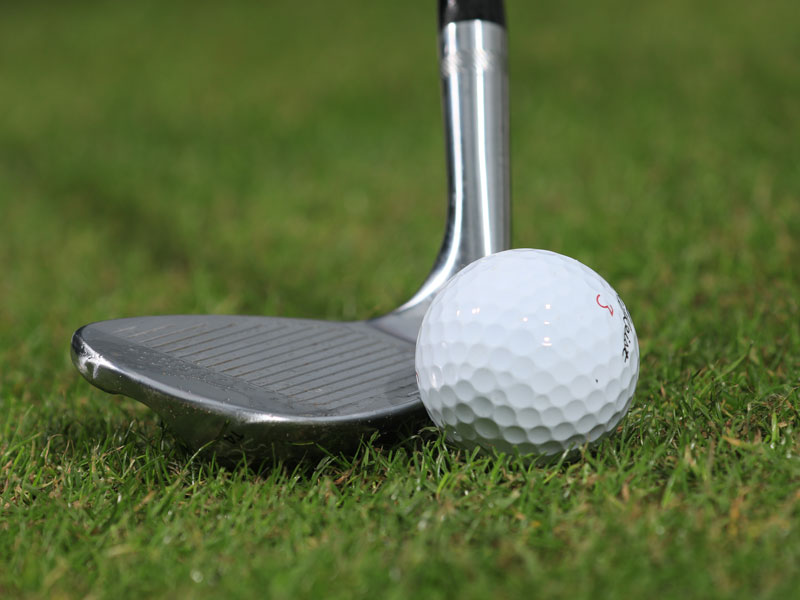 5 Biggest Short Game Mistakes
5 Biggest Short Game MistakesBy Clive Tucker
-
 Step-by-step guide to playing the punch
Step-by-step guide to playing the punchBy Neil Tappin
-
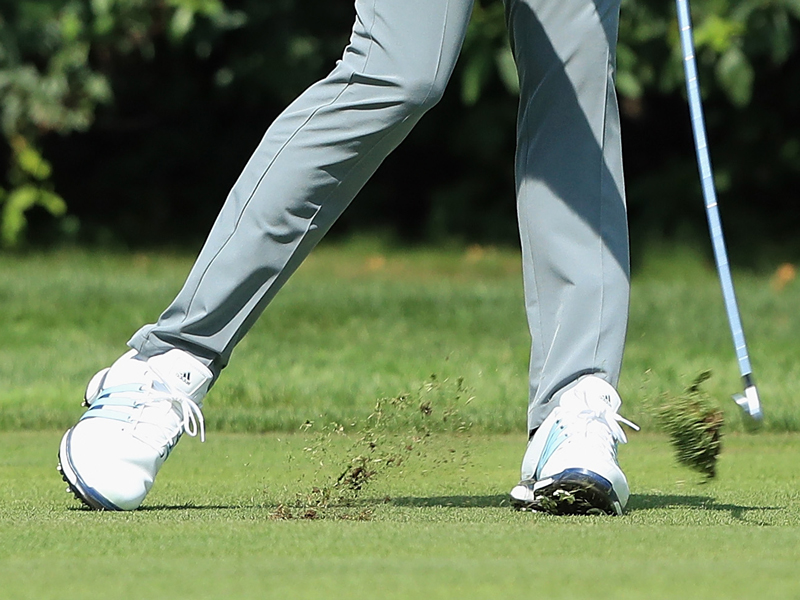 Where should my divots start?
Where should my divots start?By Neil Tappin
-
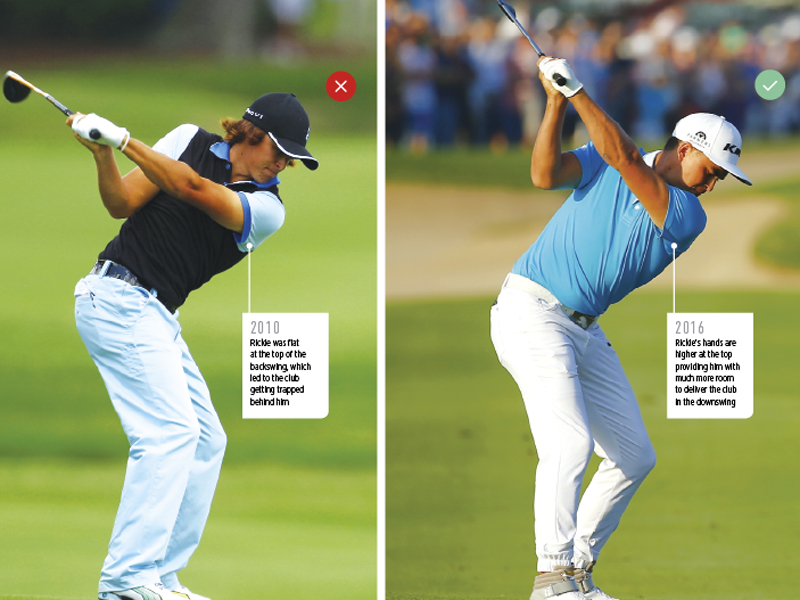 Rickie Fowler Golf Swing Tips
Rickie Fowler Golf Swing TipsBy Neil Tappin
-
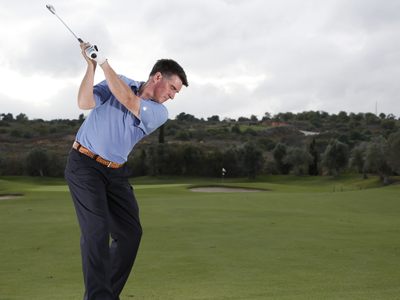 Better distance control with irons
Better distance control with ironsBy Neil Tappin
-
 Scare tactics: how to hit tight fairways
Scare tactics: how to hit tight fairwaysGolf Monthly Top 25 coach John Jacobs has some simple rhythm and timing tips to help you take your range swing to the course.
By Thomas Patrick Clarke